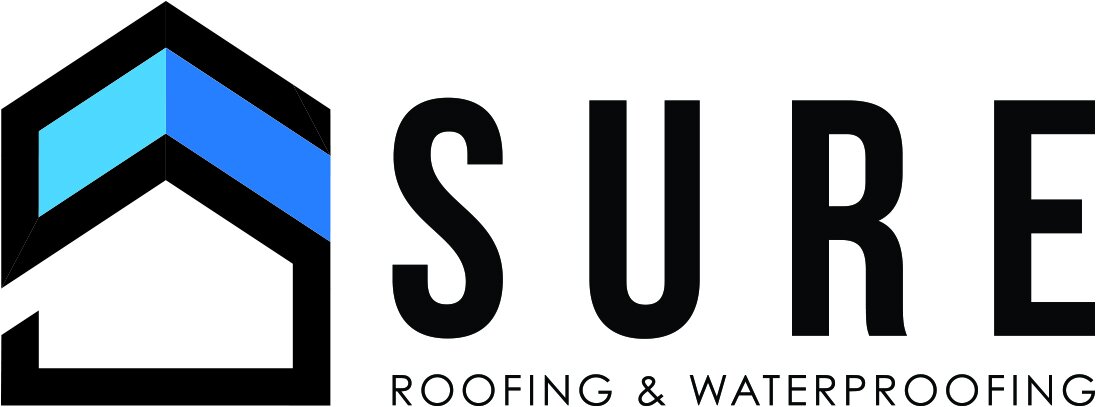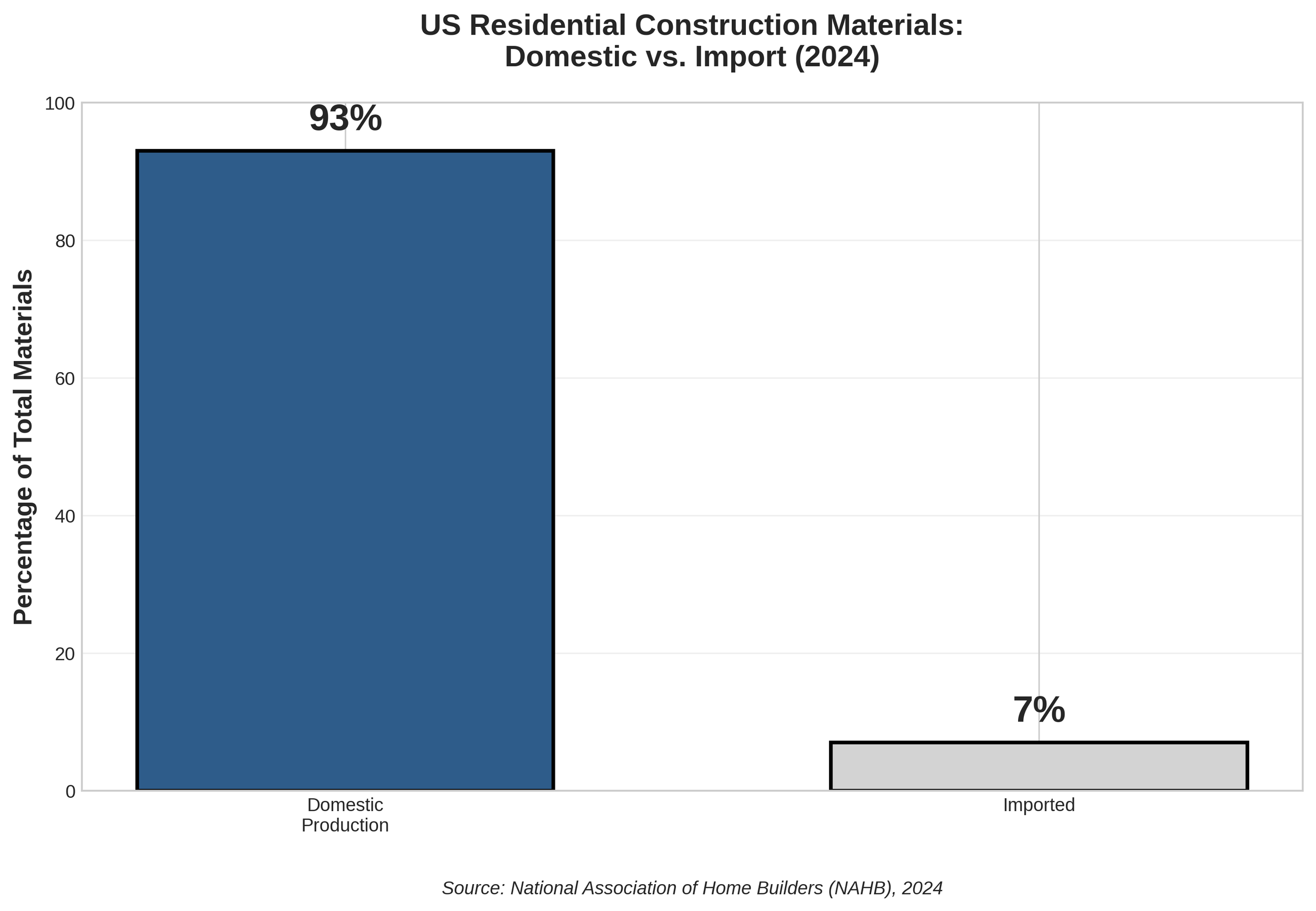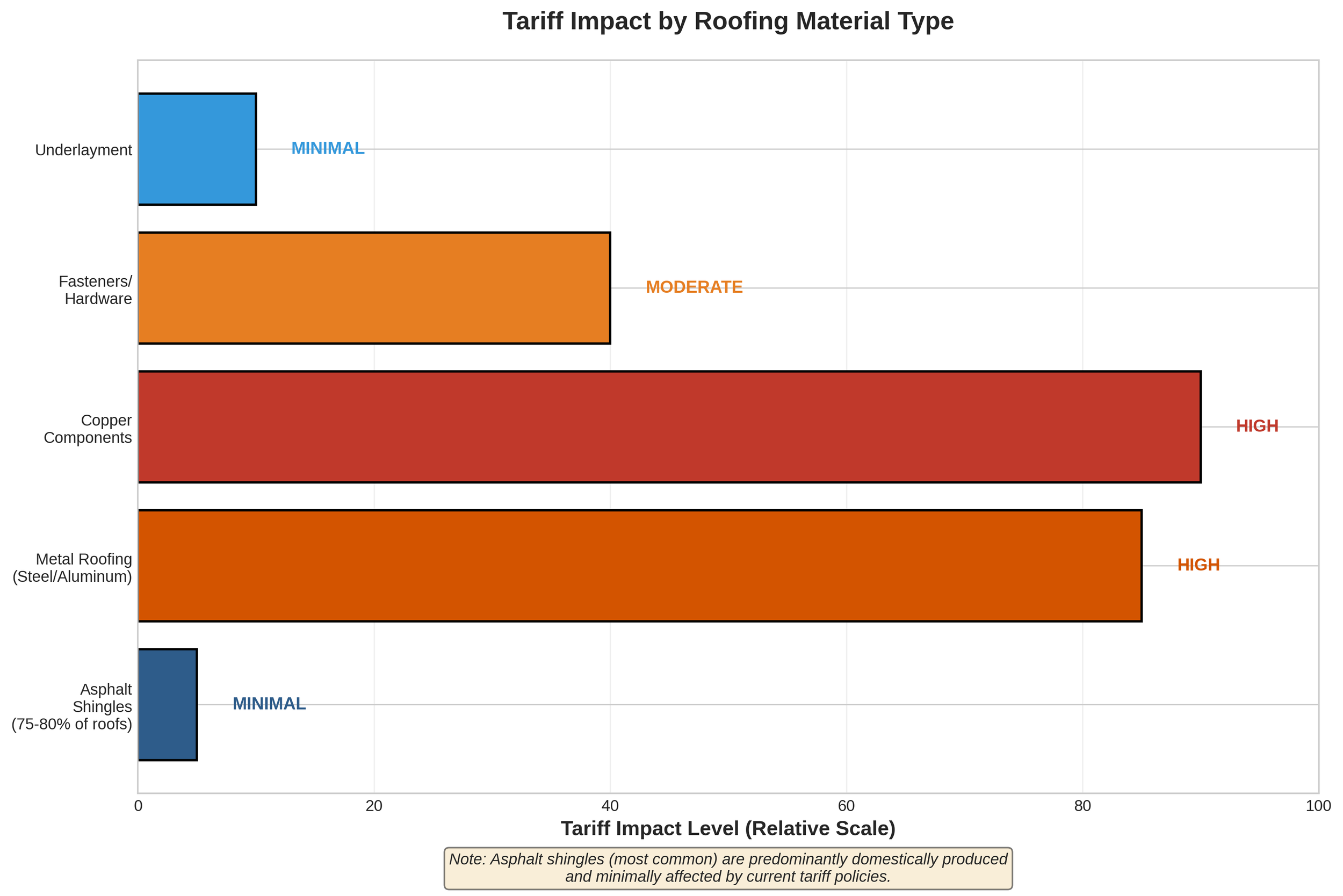Should You Wait for Tariffs to Change Before Replacing Your Roof?
In recent months, the news has been filled with talk of tariffs, trade disputes, and the rising cost of goods. If you’re a Bay Area homeowner considering a new roof, you might be asking yourself a very reasonable question: “Are tariffs making roofing prices high right now? Is it better to wait?”
It’s a valid concern, and at Sure Roofing, we believe in providing clear, honest answers. We want to reassure you that for the vast majority of residential roofing projects, the current U.S. tariffs are having little to no impact on your final cost.
This blog post will break down the tariff myth, explain where your roofing materials actually come from, and show you what’s really driving costs. Most importantly, it will help you understand why waiting for a different economic climate could be a far costlier decision than moving forward with a needed roof replacement.
The Tariff Myth: A Look at the Supply Chain
When you hear about tariffs on construction materials, the headlines often focus on things like lumber, steel, and aluminum. While these are critical for some parts of the construction industry, they don’t tell the whole story for roofing—especially for the asphalt shingle roofs that protect over 75% of American homes.
The reality is that the U.S. residential construction industry is overwhelmingly domestic. According to data from the National Association of Home Builders (NAHB), a staggering 93% of all materials used in residential construction are produced right here in the United States [1].
This is especially true for asphalt shingles. An American invention, asphalt shingles are manufactured by leading brands like GAF, Owens Corning, and CertainTeed at facilities located all across the country. The core components—asphalt (a petroleum product) and fiberglass—are also primarily sourced and processed domestically. This robust American supply chain insulates your new roof from the volatility of international trade disputes.
So, Which Roofing Materials ARE Affected by Tariffs?
While asphalt shingles are largely unaffected, tariffs do have a significant impact on other, less common roofing materials. Our analysis shows a clear distinction:
Asphalt Shingles: As the most common residential roofing material, their domestic production means they experience minimal impact from tariffs.
Metal & Copper Roofing: These materials, which represent a smaller, premium segment of the market, are heavily impacted by the 50% tariffs on imported steel, aluminum, and copper [2].
Fasteners & Hardware: While some of these small components are imported and subject to tariffs, they make up a very small fraction of the total project cost.
The takeaway is clear: if you are planning a standard asphalt shingle roof replacement, the anxiety over tariffs is largely misplaced.
What’s REALLY Driving Bay Area Roofing Costs?
If tariffs aren’t the main culprit, why have roofing prices been climbing? The answer lies in a combination of factors that we detailed in our previous blog post. Tariffs are a minor piece of a much larger puzzle.
Labor Costs (35% of Cost): A shortage of skilled labor has driven construction wages up by nearly 48% over the past decade [3].
2.Insurance (25% of Cost): In California, the costs of General Liability and Workers’ Compensation insurance for contractors have risen dramatically, with liability premiums in the Bay Area climbing 84% in ten years.
3.Material Inflation (20% of Cost): The price of petroleum-based products, including asphalt, has increased due to supply chain factors, not tariffs.
4.Bay Area Cost Premium (15% of Cost): The high cost of living and doing business in our region adds a premium to all construction projects.
5.Tariffs (5% of Cost): The minimal impact on fasteners and other small components accounts for only a tiny fraction of the overall price.
Waiting for tariffs to change will not significantly alter these fundamental cost drivers. The price of labor and insurance is unlikely to decrease, and material costs have been on a steady upward trend for years.
The Biggest Risk: Delaying Before the Rainy Season
Here in the Bay Area, the question isn’t just about price—it’s about timing. The rainy season is no longer a distant thought; it’s upon us. As we move from October into the winter months, the risk of heavy rainfall increases dramatically.
Putting off a needed roof replacement to “wait out” tariffs is a gamble against the weather. A single bad leak during a winter storm can lead to thousands of dollars in damage, including:
•Drywall and ceiling repairs
•Damaged insulation
•Electrical system hazards
•The potential for dangerous mold growth
The cost of these interior repairs can easily dwarf the cost of a new roof. The most financially prudent decision is to protect your home before the damage occurs.
The Sure Roofing Solution: Act with Confidence
Don’t let misplaced fears about tariffs put your home at risk this winter. The data shows that for the most common type of roof, the impact is minimal. The real costs are driven by factors that are here to stay.
If your roof is aging or you have any concerns about its condition, now is the time to act. Contact Sure Roofing today for an expert inspection and a clear, honest estimate. We’ll provide a durable, high-quality solution that gives you peace of mind, backed by the experience to get the job done right—before the rains arrive.
References
[1] National Association of Home Builders (NAHB). (2025). How Tariffs Impact the Home Building Industry. https://www.nahb.org/advocacy/top-priorities/building-materials-trade-policy/how-tariffs-impact-home-building
[2] Roofing Contractor Magazine. (2025, July 10). Roofing Faces Rising Costs Amid New Trump Tariff Policies. https://www.roofingcontractor.com/articles/101030-roofing-faces-rising-costs-amid-new-trump-tariff-policies
[3] U.S. Bureau of Labor Statistics. (2025). Average Hourly Earnings of All Employees, Construction. Federal Reserve Bank of St. Louis. https://fred.stlouisfed.org/series/CES2000000003




